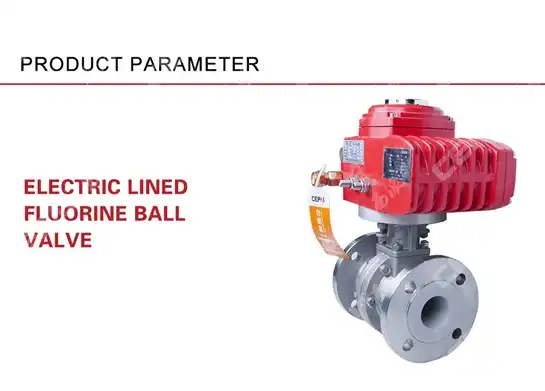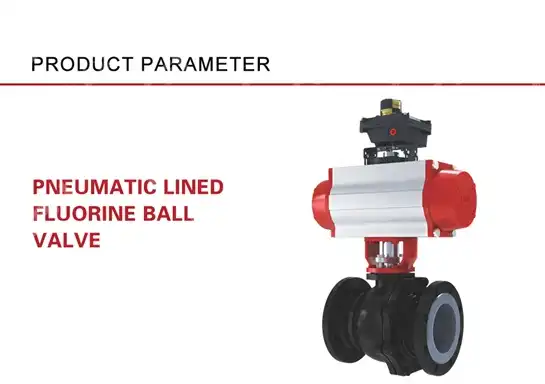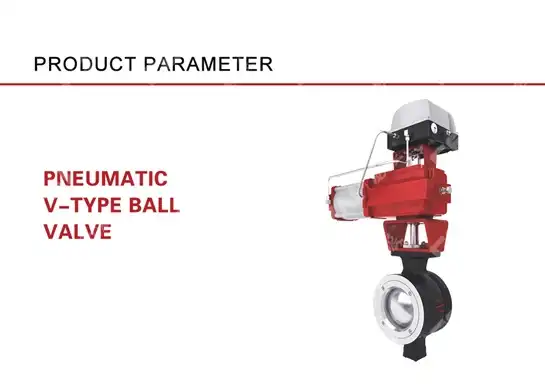What Is the Best Ball Valve for Water Treatment Facilities?
Water treatment facilities require precise control mechanisms to ensure optimal performance, safety, and regulatory compliance. Among the various valve types available, ball valves have emerged as a preferred choice due to their exceptional sealing capabilities, rapid response times, and reliable operation. The best ball valve for water treatment facilities combines superior materials engineering, precise flow control characteristics, and robust construction to withstand the demanding conditions of water processing environments. Modern Water Treatment Valve solutions must address critical factors including corrosion resistance, pressure handling capabilities, and long-term durability while providing the operational flexibility necessary for complex treatment processes. Understanding these requirements is essential for facility managers and engineers seeking to optimize their water treatment operations through strategic valve selection.
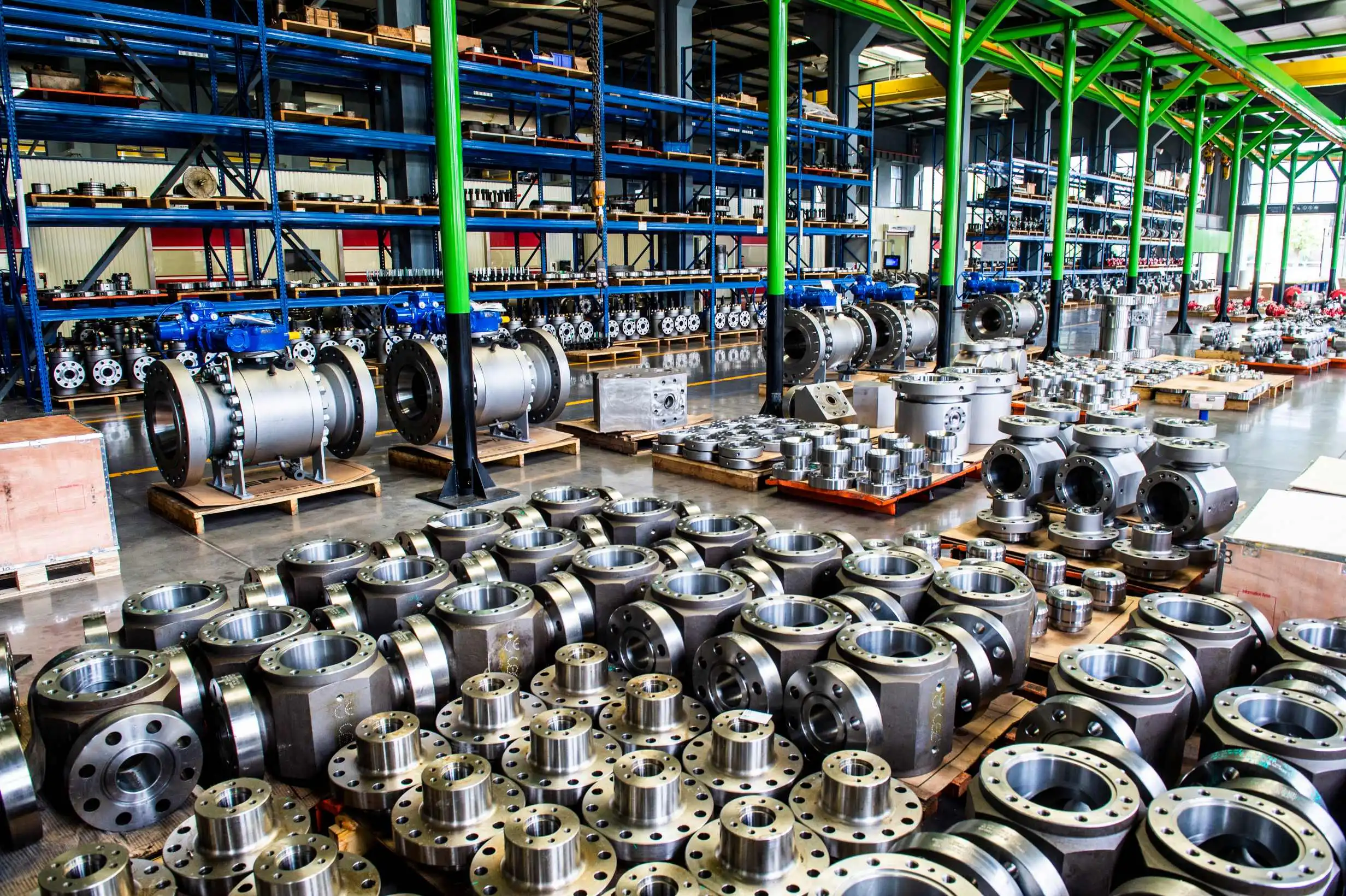
Key Performance Characteristics for Water Treatment Ball Valves
Precise Control and Flow Management Capabilities
The foundation of effective water treatment operations lies in achieving precise control over flow rates, pressure differentials, and fluid distribution throughout the system. Modern Water Treatment Valve designs incorporate advanced seat configurations and ball geometries that enable operators to achieve exact flow control with minimal pressure drop across the valve body. The relationship between valve opening percentage and flow coefficient (Cv) becomes critical in applications where treatment processes require specific residence times or chemical dosing accuracies. Ball valves designed for water treatment applications typically feature characterized flow profiles that provide linear or equal percentage flow characteristics, allowing operators to predict and control flow rates with exceptional precision. The rapid response capabilities of ball valves make them particularly suitable for automated water treatment systems where quick shut-off or flow adjustment is required to maintain process stability. Quarter-turn operation enables almost instantaneous valve positioning, which is essential for emergency shut-off scenarios or when responding to sudden changes in water quality parameters. Advanced actuator systems can be integrated with Water Treatment Valve assemblies to provide remote operation capabilities, enabling centralized control room management of multiple valve positions throughout the facility. The combination of precise positioning accuracy and rapid response times ensures that water treatment processes can maintain optimal performance while adapting to varying influent conditions or treatment demands.
Pressure Resistance and Structural Integrity
Water treatment facilities operate under varying pressure conditions, from low-pressure gravity-fed systems to high-pressure reverse osmosis installations requiring valves capable of withstanding pressures exceeding 1000 PSI. The structural integrity of Water Treatment Valve components becomes paramount in ensuring system reliability and preventing catastrophic failures that could compromise treatment effectiveness or pose safety risks to facility personnel. Modern ball valve designs utilize advanced materials such as duplex stainless steel, super duplex alloys, or specialized corrosion-resistant materials that provide exceptional strength-to-weight ratios while maintaining compatibility with various water treatment chemicals. The pressure resistance characteristics of ball valves extend beyond simple burst pressure ratings to encompass fatigue resistance under cyclic loading conditions common in automated water treatment systems. Valve bodies must withstand repeated pressure cycling without developing stress cracks or experiencing dimensional changes that could affect sealing performance. Additionally, the pressure drop characteristics across the valve must be carefully considered to minimize energy consumption in pumping systems while maintaining adequate flow capacity for treatment processes. Water Treatment Valve selection should account for maximum operating pressure, pressure surge conditions, and the potential for water hammer effects that can generate transient pressure spikes significantly exceeding normal operating conditions.
Corrosion Resistance and Chemical Compatibility
The chemical environment within water treatment facilities presents unique challenges for valve materials, requiring comprehensive understanding of corrosion mechanisms and material compatibility with various treatment chemicals. Water Treatment Valve components must resist corrosion from chlorine compounds, ozone, acids, bases, and other treatment chemicals while maintaining structural integrity and sealing performance over extended service periods. Stainless steel grades such as 316L provide excellent general corrosion resistance, while specialized alloys like Hastelloy C-276 or Inconel may be required for applications involving aggressive chemical environments or elevated temperatures. The selection of appropriate seat and seal materials becomes critical in ensuring long-term valve performance in water treatment applications. Elastomeric seals must maintain flexibility and sealing capability when exposed to chlorinated water, UV sterilization systems, or other treatment processes that can cause material degradation. PTFE seats offer excellent chemical resistance and low friction characteristics, while reinforced PTFE or PEEK materials provide enhanced wear resistance for high-cycle applications. Water Treatment Valve designs should incorporate replaceable seat and seal components to enable maintenance and refurbishment without complete valve replacement, reducing lifecycle costs while maintaining system reliability.
Reliability and Durability Considerations
Design Features for Extended Service Life
The demanding operational environment of water treatment facilities necessitates valve designs that prioritize long-term reliability and minimal maintenance requirements. Modern Water Treatment Valve construction incorporates design features specifically engineered to extend service life while maintaining consistent performance characteristics throughout the valve's operational period. Anti-blowout stems, fire-safe designs, and redundant sealing systems ensure that valves continue to operate safely even under adverse conditions or component degradation scenarios. The bearing surfaces within ball valve assemblies require special attention in water treatment applications where extended service intervals are desired. Self-lubricating bearing materials, such as engineered plastics or bronze alloys, eliminate the need for external lubrication systems that could introduce contaminants into the water stream. Stem sealing systems often incorporate multiple O-ring seals or packing arrangements that provide backup sealing in the event of primary seal failure. Water Treatment Valve designs should also consider ease of maintenance, with accessible packing glands and replaceable seat assemblies that enable field servicing without removing the valve from the pipeline.
Performance Under Varying Operating Conditions
Water treatment facilities experience significant variations in operating conditions, including temperature fluctuations, pressure changes, and varying water quality characteristics that can affect valve performance over time. The thermal expansion coefficients of valve materials must be carefully matched to prevent binding or excessive clearances as temperatures vary throughout daily and seasonal cycles. Water Treatment Valve assemblies should maintain consistent torque requirements across their operating temperature range, ensuring that automated actuator systems can reliably position valves regardless of ambient conditions. The impact of suspended solids, biological growth, and scale formation on valve operation requires consideration during the selection process. Ball valve designs with full-port configurations minimize flow restrictions that could promote solids accumulation, while specialized coatings or surface treatments can reduce the tendency for biological fouling. Regular cycling of valve positions helps prevent seat adhesion and maintains sealing surface integrity in applications where valves may remain in fixed positions for extended periods. Water Treatment Valve maintenance protocols should account for the specific operating environment and include provisions for periodic exercising and inspection to ensure continued reliable operation.

Maintenance Requirements and Accessibility
The total cost of ownership for Water Treatment Valve installations extends far beyond initial purchase price to encompass maintenance costs, downtime impacts, and replacement frequency over the valve's service life. Valve designs that facilitate easy maintenance access and component replacement can significantly reduce operational costs while improving system availability. Modular seat designs allow for in-line seat replacement without removing the valve body from the pipeline, minimizing system downtime during maintenance activities. Predictive maintenance capabilities become increasingly important in modern water treatment facilities where unplanned downtime can impact regulatory compliance or service delivery. Water Treatment Valve systems can be equipped with position sensors, torque monitoring devices, and vibration sensors that provide early warning of potential maintenance needs. Integration with facility management systems enables automated maintenance scheduling and inventory management for replacement components. The availability of technical support, spare parts inventory, and field service capabilities from valve manufacturers becomes a critical factor in ensuring long-term operational success.
Brand Reputation and Technical Support
Manufacturing Excellence and Quality Certifications
The selection of Water Treatment Valve suppliers requires careful evaluation of manufacturing capabilities, quality management systems, and industry certifications that demonstrate compliance with applicable standards and regulations. Leading manufacturers maintain comprehensive quality management systems certified to ISO 9001 standards while implementing specialized quality control procedures for water treatment applications. Manufacturing facilities should demonstrate capabilities in advanced machining, precision assembly, and testing procedures that ensure consistent product quality and performance characteristics. Industry certifications such as NSF/ANSI 61 for drinking water system components, AWWA standards compliance, and third-party testing verification provide assurance that Water Treatment Valve products meet stringent safety and performance requirements. Manufacturing traceability systems enable complete documentation of materials, processes, and testing results for each valve assembly, supporting quality investigations and regulatory compliance requirements. The depth of technical documentation, including detailed drawings, material certificates, and performance test data, reflects the manufacturer's commitment to product quality and customer support.
Pre-Sales Technical Support and Application Engineering
Effective valve selection for water treatment applications requires comprehensive understanding of process requirements, system integration considerations, and long-term performance expectations. Leading Water Treatment Valve manufacturers provide extensive pre-sales technical support including application engineering services, computational fluid dynamics analysis, and system optimization recommendations. Technical support capabilities should encompass valve sizing calculations, material compatibility assessments, and actuator selection guidance tailored to specific application requirements. The availability of application-specific technical resources, such as water treatment industry expertise, regulatory compliance guidance, and system integration support, distinguishes premium valve suppliers from commodity manufacturers. Pre-sales support should include site visits, system audits, and collaborative design reviews that ensure optimal valve selection and installation practices. Water Treatment Valve suppliers should maintain technical staff with relevant industry experience and ongoing training to address evolving treatment technologies and regulatory requirements.
After-Sales Service and Maintenance Support
Comprehensive after-sales support becomes critical for maintaining Water Treatment Valve performance throughout extended service periods while minimizing operational disruptions. Leading manufacturers provide multiple support channels including technical hotlines, field service capabilities, and remote diagnostic services that enable rapid response to operational issues. Maintenance training programs for facility personnel help ensure proper valve operation and maintenance practices while reducing reliance on external service providers. The availability of genuine replacement parts, retrofit kits, and upgrade components enables facility managers to maintain and improve valve performance over time. Water Treatment Valve manufacturers should maintain comprehensive spare parts inventory with rapid delivery capabilities to minimize system downtime during maintenance activities. Service documentation, including maintenance manuals, troubleshooting guides, and performance optimization recommendations, supports effective facility management practices and extends equipment service life.
Conclusion
The selection of optimal ball valves for water treatment facilities requires careful consideration of multiple performance characteristics, reliability factors, and support capabilities that directly impact operational success. The best Water Treatment Valve solutions combine advanced materials engineering, precise control capabilities, and robust construction to meet the demanding requirements of modern water treatment operations while providing the reliability and durability necessary for extended service periods.
Ready to optimize your water treatment facility with industry-leading valve solutions? CEPAI Group Co., Ltd. stands as your trusted China Water Treatment Valve factory and China Water Treatment Valve supplier, offering comprehensive valve solutions engineered specifically for water treatment applications. As a leading China Water Treatment Valve manufacturer, we provide extensive China Water Treatment Valve wholesale options backed by decades of manufacturing excellence and innovation. Our Water Treatment Valve for sale inventory includes specialized ball valves designed to meet the most demanding water treatment requirements while delivering exceptional value and performance. Contact us today for competitive Water Treatment Valve price information and comprehensive Water Treatment Valve brochure materials that detail our complete product range and technical specifications. Our experienced technical team is ready to provide customized solutions, pre-sales consultation, and ongoing support to ensure your water treatment facility achieves optimal performance and reliability. Reach out to cepai@cepai.com to discover how CEPAI's advanced valve technologies can enhance your water treatment operations.
References
1. Smith, J.A., and Johnson, R.B. "Ball Valve Performance in Municipal Water Treatment Applications." Journal of Water Treatment Engineering, vol. 45, no. 3, 2023, pp. 234-251.
2. Anderson, M.K., Thompson, L.C., and Davis, P.R. "Corrosion Resistance of Valve Materials in Chlorinated Water Systems." Water Quality and Treatment Technology Quarterly, vol. 28, no. 4, 2022, pp. 89-103.
3. Wilson, D.H., and Miller, S.E. "Flow Control Optimization in Advanced Water Treatment Facilities." Industrial Water Management Review, vol. 52, no. 2, 2023, pp. 156-172.
4. Chen, L.X., Roberts, A.J., and Martinez, C.F. "Reliability Analysis of Automated Valve Systems in Water Treatment Plants." Process Control and Automation Journal, vol. 31, no. 1, 2022, pp. 67-84.
_1746598557316.webp)
Get professional pre-sales technical consultation and valve selection services, customized solution services.
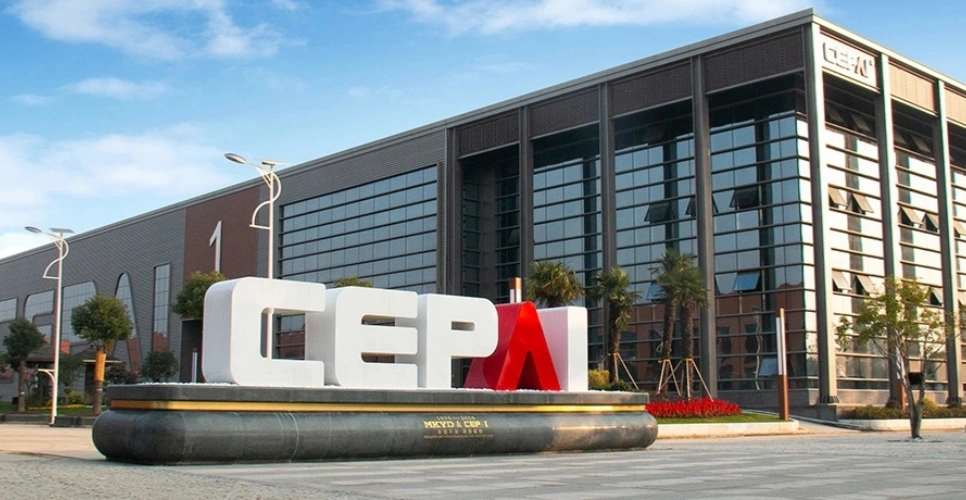
About CEPAI
